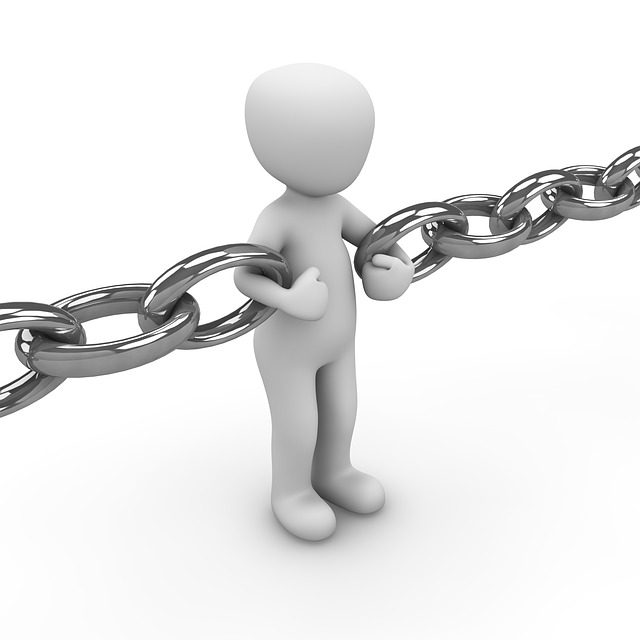
Do you think about life and living personal core values?
I have thought about and worked on these for years and decided on the following:
Core Life Values
- Faith – Spiritual beliefs, purpose, and connection.
- Family & Friends – Relationships, love, and meaningful connections.
- Wealth & Financial Stability – Income, investing, budgeting, and financial growth.
- Lifelong Learning & Creativity – Reading, music, new skills, and continuous self-improvement.
- Care of Self – Health, fitness, mental well-being, and organizing critical life documents (Book of Life).
- Politics & Civic Engagement – Awareness, participation, and participation in the political world around me.
- Fun & Optimistic Living – Hobbies, travel, humor, and fun activities.
I have added one more. It’s like the kitchen catch-all drawer and the starting point for defining and refining the seven values.
+1: Daily Life Support (The Foundation)
A practical system to organize daily, weekly, and long-term tasks, ensuring everything runs smoothly. Think of this as your life’s command center, your control panel—a structured way to manage essential tasks, track behaviors, and store important information.
Daily Life Support System Includes:
• Task & Habit Tracking – Daily to-do lists, morning/evening routines.
• Financial Management – Budgeting, income tracking, bills, and investments.
• Essential Information Storage – Digital passwords, contacts, medical records, and key documents.
• Life Maintenance – Car, home maintenance, errands, appointments.
• Personal & Goal Tracking – Fitness, learning goals, writing progress.
After I started adding to and using the Daily Life Support System, I began to see the seven values more clearly, and I have been defining and refining them for years.
Begin or enhance your journey. Use the following as a starter:
Checklist for Organizing Your Life Values
Define Your Own Core Values – Do these seven resonate with you? Would you add or remove any?
Build Your Daily Life Support System – Choose a tool: a journal, digital planner, or spreadsheet.
Track and organize — Create a simple system for tasks, finances, and personal goals. I use Excel spreadsheets.
Regularly Review & Adjust – Are you spending time on what truly matters? Make changes as needed.
Live with Intention — Use this system to stay organized and ensure your life aligns with your values.
I am creating a “life-value Tracking Template.”
Let me know if you would like a copy.
Thank you for reading.









